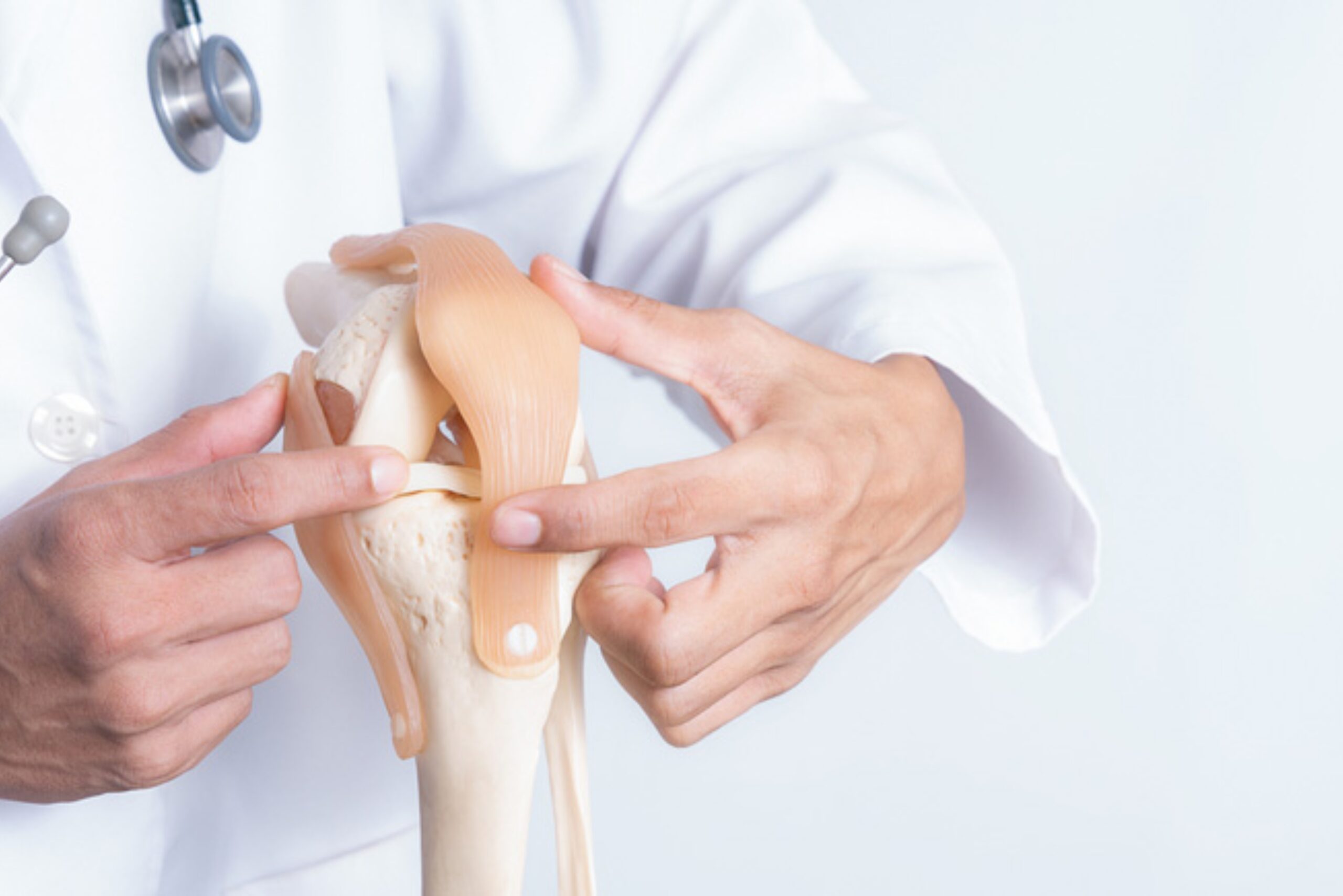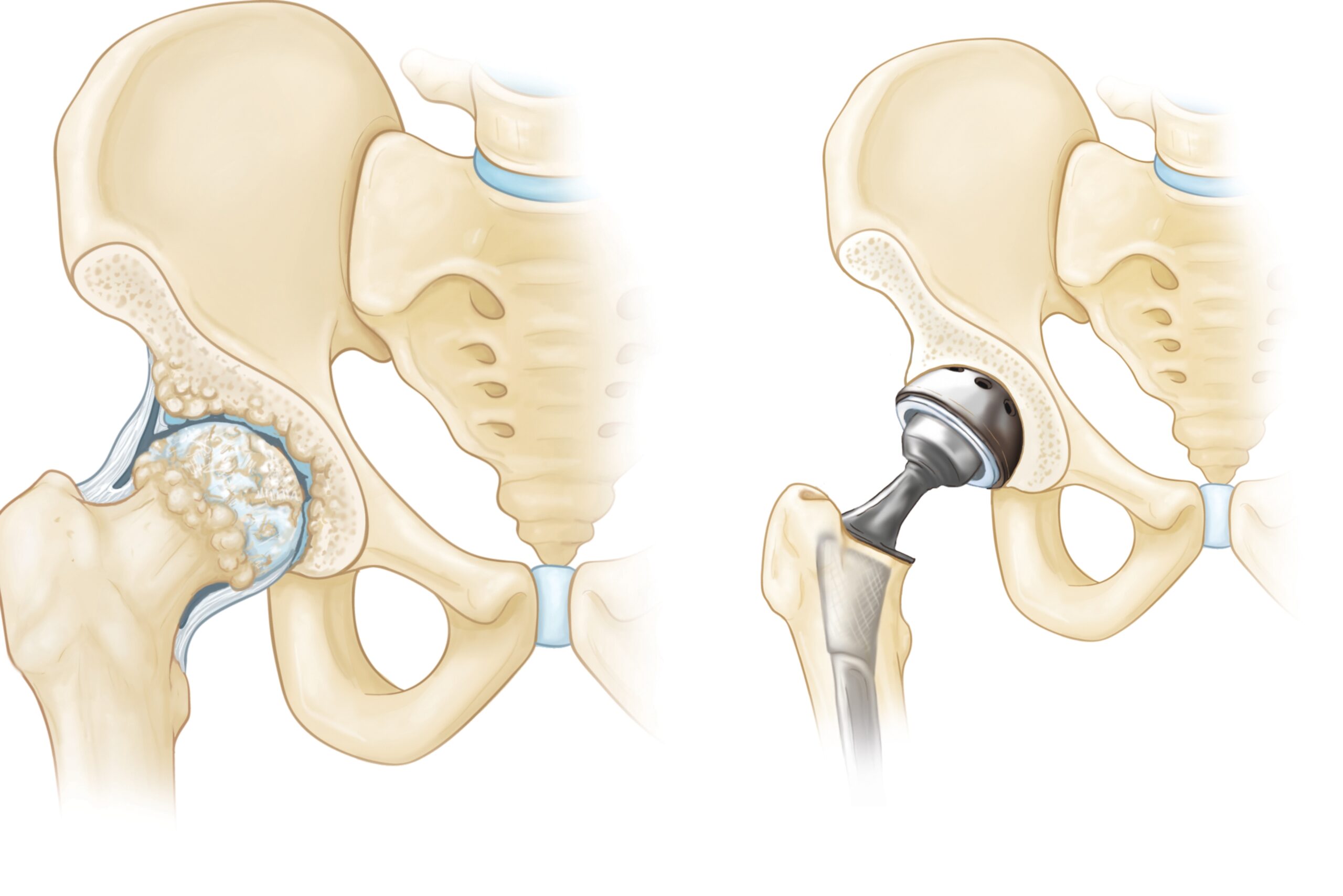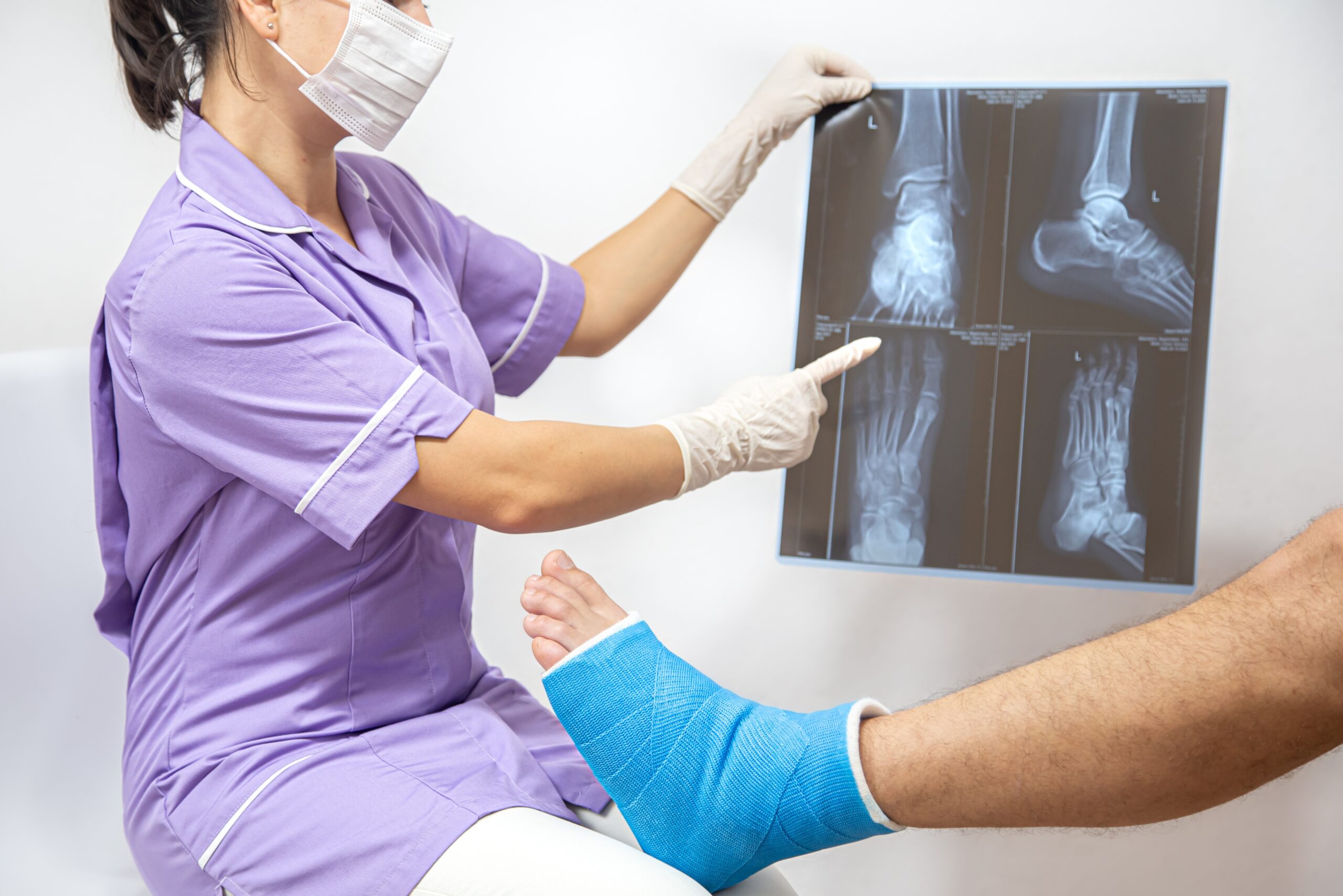- 24/7 Available
- Contact: +91 92466 55454






Technology & Equipment: Digital X-rays, MRI, CT scans, arthroscopy systems, and surgical navigation tools.
Procedure: Fracture management, joint replacement surgeries, arthroscopic procedures, and reconstructive surgeries.
Facilities: Advanced operation theaters, rehabilitation centers, and post-operative care units.
Symptoms: Joint pain, bone fractures, restricted mobility, ligament injuries, and arthritis-related issues.

Arthroscopy is a minimally invasive orthopedic procedure used to diagnose and treat joint problems. Using a small camera and surgical instruments, surgeons can repair damaged cartilage, ligaments, and tissues, ensuring faster recovery and reduced risk of infection.
Technology & Equipment: High-definition arthroscopes, LED light sources, small surgical tools, and fluid irrigation systems.
Procedure: Joint inspections, ligament repair, cartilage restoration, and removal of loose bodies within the joint.
Facilities: Specialized operating theaters with arthroscopy setups and post-procedure physiotherapy rooms.
Symptoms: Joint pain, swelling, stiffness, limited range of motion, and mechanical symptoms like locking or clicking.

Joint replacement surgery replaces damaged or arthritic joints with prosthetic implants. It is commonly performed on knees, hips, and shoulders to relieve pain and restore normal function, improving mobility and quality of life.
Technology & Equipment: Computer-assisted navigation, high-quality prosthetic implants, and advanced surgical tools.
Procedure: Total or partial joint replacement, preoperative planning, and post-operative rehabilitation.
Facilities: Well-equipped operating theaters, physiotherapy and rehabilitation centers, and post-surgery care units.
Symptoms: Severe joint pain, reduced mobility, deformity, stiffness, and advanced arthritis.

Technology & Equipment: Digital X-rays, CT scans, orthopedic casts, external fixators, and internal fixation devices.
Procedure: Closed reduction, open reduction with internal fixation (ORIF), casting, and splinting.
Facilities: Trauma units, orthopedic operating rooms, and rehabilitation centers.
Symptoms: Severe pain, swelling, deformity, inability to move the affected limb, and visible bone protrusion.
1. Online booking: Many hospitals and medical providers have online booking systems that allow you to schedule an appointment from the comfort of your own home. You can usually access these systems through the provider's website or through a patient portal.
2. Phone booking: You can also book an appointment by calling the hospital or medical provider's office directly. They will be able to provide you with available appointment times and help you schedule a time that works for you.
3. Walk-in appointments is also available for the patients for checkup or Emergency cases
Yes, anesthetics are commonly used during surgical procedures in Our Vijetha hospitals to help reduce or eliminate pain and discomfort. The type of anesthetic used will depend on the nature of the surgery and the patient's medical history.
Neurologists are medical doctors who specialize in the diagnosis, treatment, and management of disorders and diseases that affect the brain, spinal cord, and nervous system. Some of the specialties of neurology include: